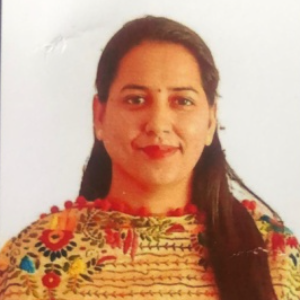Title : Genotoxic effect of rice agrochemical on channa punctatus using MN assay and alkaline single cell gel electrophoresis
Abstract:
Rice cum fish culture is a cost effective practice for marginal and poor farmers but the major constraint of this aspect is continous and roughly use of agrochemical according to farmers on fish, Channa punctatus reared in rice fields. Present studies were therefore conducted to evaluate the induced genotoxicity (DNA damage) due to commonly used rice agrochemicals (Pretilachlor, Chlorpyriphos, Cartap hydrochloride, Lambdacychalothrin, Imidacloprid) in erythrocytes of fresh water fish Channa punctatus using micronucleus assay (MN assay) and single cell gel electrophoresis (SCGE)/ Comet assay. Fingerlings of Channa punctatus an air breathing candidate species for rice fish co culture was stocked in rice fields. Five treatments were maintained in triplicates. In treatment 1 no fish, no pesticide were used; treatment 2, fish in rice fields without agrochemical spray; treatment 3, fish and agrochemical exposure as per recommended doses; treatment 4, fish and agrochemical exposure according to farmers; fingerlings of Channa punctaus with mean body weight of 15.44±0.12 were stocked in rice fields @ 1 fish per 3 sq. m after 10-15 days of seedling transplantation in rice fields. The mean per cent frequency of MN in treatment T2 (0.53±0.06), treatment T3 (0.94±0.09) and in treatment T4 (2.6±0.12) showed significant (P<0.05) differences with respect to treatments. The mean frequencies of tail DNA (%) was observed maximum in erythrocytes of fish reared in T4 (15.57±2.76) as compared to T3 (8.30±1.76) and T2 (2.82±0.32). It was observed that the genotoxic effect is more visible in fishes stocked in treatment T4 (Fish in rice fields with pesticide exposure whatever the dose used by farmers) in comparison to treatments 3 and treatment 2. Keeping in view the low genotoxic effects, treatment T3 (with recommended doses of pesticides) may be disseminated to farmers.
Key words: DNA damage, micronucleus assay, agrochemicals, genotoxicity, rice fields
Audience Take Away Notes:
- I will explain how the marginal farmers will be benefited from double cropping method
- I will emphasis the hazardous effect of agrochemicals
- I will elucidate the micronucleus assay and Single cell gel electrophoresis method/ Comet Assay



